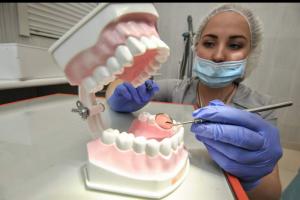In modern construction, innovative building materials have been widely used for the erection of walls of residential and industrial premises. One of them is heatblocks - concrete products characterized by a low level of thermal conductivity.
It is this characteristic that provides very reliable protection to the structure. High-class equipment for the manufacture of heat blocks provides an excellent level of material reliability. It is characterized not only by good performance, but also by the cost available to most consumers.
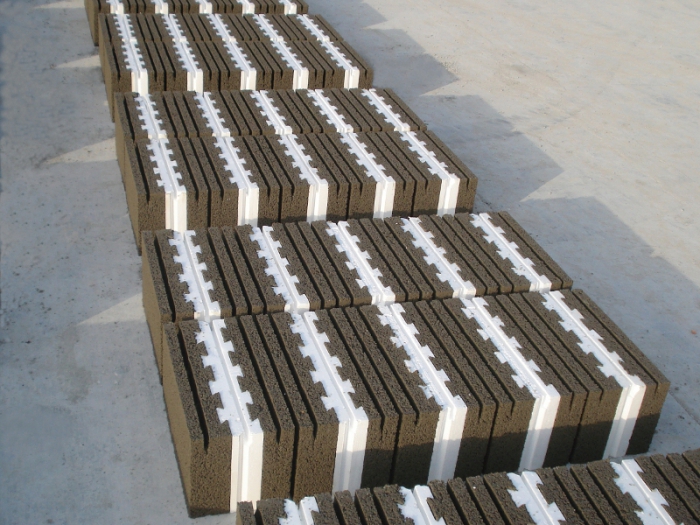
Material structure
This innovative material has a very interesting design, which consists in the presence of a power inner part serving as a supporting support for the main types of loads. It is turned into the inside of the building.
A warming pad, presented in the form of foam, is placed between the front and power parts of the heat block. It is characterized by minimal thermal conductivity. The front part of the product is designed to provide the maximum level of protection of the building from all kinds of external influences. In addition, it has a decorative function.
Equipment for the production of heat blocks works on the basis of the vibropressing technique, which provides for the possibility of absolute mechanization of the entire technological process. That is exactly what it fundamentally differs from the already morally obsolete method with low productivity called vibrocasting.
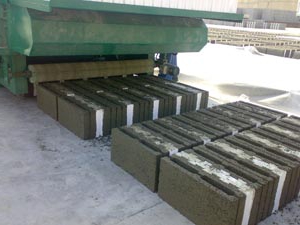
Advantages of Heat Units
There are a number of facts that speak in favor of the merits of this material:
- You can save up to 30% of money on the construction of foundations, since the walls of heat blocks are lighter than brick;
- during the construction of a building with a small number of floors, there is no need to attract lifting equipment;
- during the laying of heat blocks, construction waste is completely eliminated;
- masonry work can be carried out by low-skilled specialists, while the quality of the walls being built will remain at a height;
- any types of structures of the facade of buildings can be erected without any special financial losses;
- before finishing the internal walls, it is not required to carry out any special preliminary work;
- the erection of walls from heat blocks is carried out in the shortest possible time, for which thin-masonry is used using masonry adhesives, which are made on the basis of dry finely dispersed mixtures;
- wages for workers can be significantly reduced due to a decrease in the complexity of the construction of walls made of this material;
- heating a house made of foam blocks is much cheaper than buildings made of other materials.
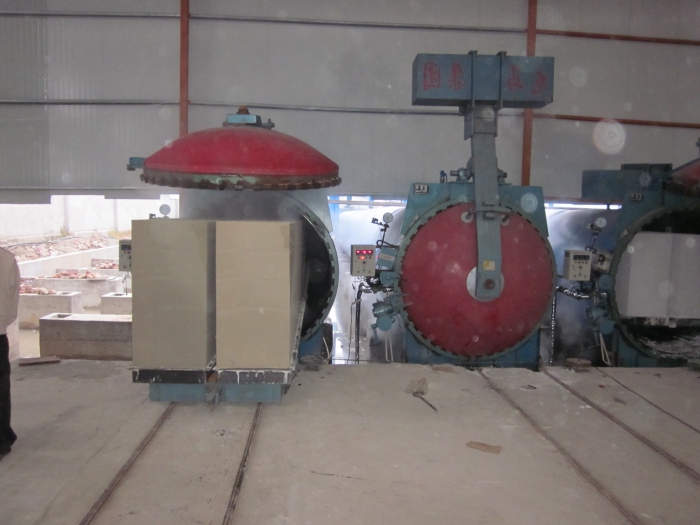
Essence of the process
Equipment for the production of heat blocks involves the manufacture of this type of product from three layers: the outer, which serves as the front; internal, which consists of concrete; middle, consisting of a heat-insulating layer in the form of expanded polystyrene.
The carrier and the outer layers are interconnected by means of a heat-insulating liner, which is made in the form of a "dovetail". The technology for the production of heat blocks is very different from the analogue for the manufacture of conventional wall stones, providing for two stages.
Before the heat block matrix is lowered onto the pallet, a heat-insulating spacer is installed manually from below from below, which must be in a certain position, adjustable by combining elements such as protrusions on the surface of the liner and matrix.
The connection of the matrix with the liner should be tight, but this does not require special physical effort. The dimensions of the liner must exactly match the lower cut of the matrix, that is, not go beyond it. And after that, the heat blocks are made using the same technology as conventional wall blocks.
The subtleties of the process
Equipment for the manufacture of heat blocks works according to the following principle: when the product is finally compressed at the moment the mixture is pressed by the punch, the pressure in its hydraulic cylinder must be relieved from five megapascals to 1-1.5. This is done by turning on the hydraulic booster, for which you need to press the pedal to turn on the vibration unit.
To do this, the vibrating press for the production of heat blocks must be equipped with a pressure relief unit. If this device will be used for the manufacture of wall blocks or paving slabs, it is necessary to disconnect the pressure relief booster without fail, for which purpose the plug-in block is removed from the power steering electromagnet. A plug is then mounted in its place, after which molding is performed as usual.
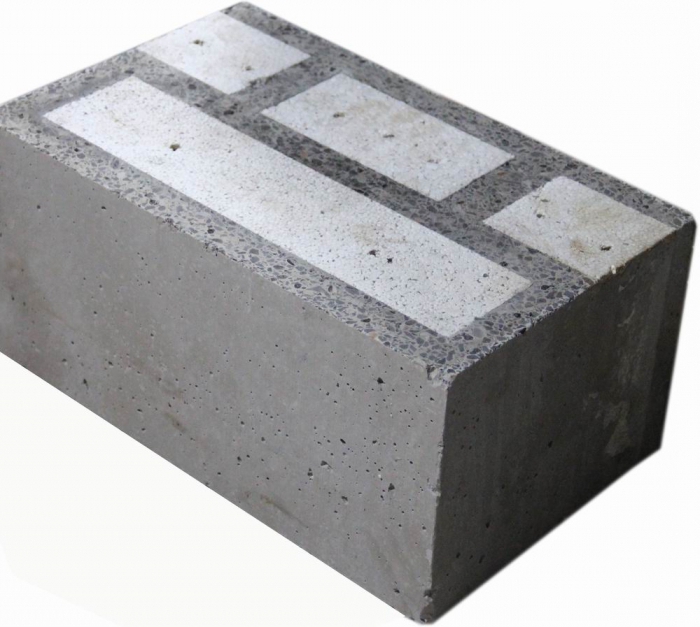
Features
It is worth noting that equipment for the production of heat blocks has gained considerable popularity. Construction companies began to actively use it. Three-layer heat-efficient blocks have pretty well established themselves as a convenient and lightweight building material due to their special characteristics.
They have much lower than brick, the characteristics of thermal conductivity and moisture resistance. Heat blocks do not need external decoration, they can be laid in one layer, which allows them to be used for the construction of low-rise buildings. If we talk about the frame method, then it is appropriate to use blocks for the construction of houses of any height.
The need for equipment production
It is advisable to buy a special machine for the production of heat blocks only in the case of the construction of several structures from this material. If you carry out the manufacturing process in your own production, it will cost much cheaper.
At the same time, you can also save time by reducing transportation costs. Many of the modern enterprises are ready to offer their customers a machine for the production of blocks and other devices. You can complete the equipment in various ways. And here it is worth talking not only about individual devices, but also about the technological line of the full cycle as a whole.
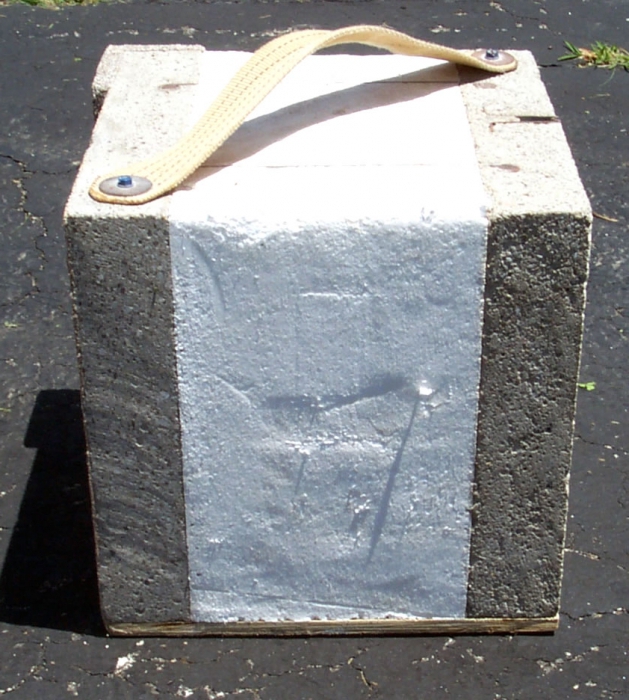
Small business
For example, a conventional mini-factory engaged in the production of blocks may consist of a vibrating table, a concrete mixer, a liner of a rubber texture layer and a metal cassette shape. The liner in this case is made of a monolithic mixture resistant to gasoline. Its composition is developed from concrete by means of vulcanizing presses. Using a mini-factory involves a certain technological process.
Here we are talking about the need for processing a metal form using emulsol. Next, a textured mixture of painted concrete is prepared. It is necessary to lay a facto-forming insert. At the next stage, it is required to prepare basalt-plastic reinforcement, as well as expanded polystyrene. Forms for the production of heat blocks are installed on a vibrating table.
First, they fill the colored concrete mixture. The vibrating table needs to be started, after which an energy-saving insert is laid. Then an expanded clay mixture is prepared, poured, after which the mold is removed from the vibrating table and sent for drying.
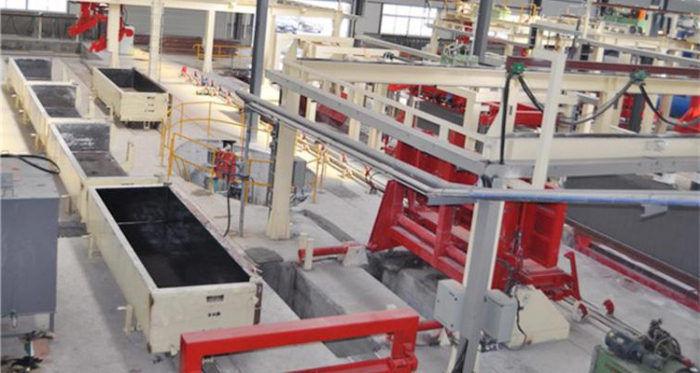
Advantages of heatblocks
The technical characteristics of this material allow it to be used in the process of building buildings with the usual regime of heat and humidity in the premises. Often heatblocks serve as the main material during the construction of load-bearing, non-bearing and self-supporting walls.
Due to the fact that the ability of these materials to work on bending and compression is much lower than that of other building materials, they are most popular in the construction of buildings whose height is a floor or two. Staying in such rooms is especially comfortable due to the exceptional sound and heat insulation characteristics.
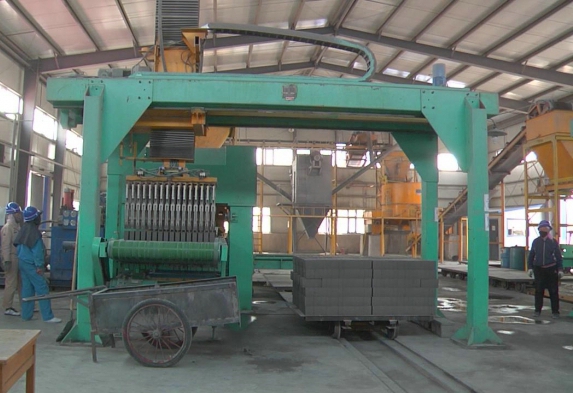
Advantages of Heat Units
- due to the low thermal conductivity, the walls do not need additional insulation, and heating costs can be reduced by three times;
- the minimum term of operation of buildings from heat blocks is one hundred years;
- can be used in low-rise construction and in the construction of multi-storey buildings (for frame construction, a maximum of 9 floors);
- on the front side, the finishing material can be imitated, which eliminates the need for finishing;
- fire protection;
- polystyrene foam is located inside the heat block, which is much more environmentally friendly than covering the walls with foam plastic from the outside or from the inside;
- the blocks weigh little, they are convenient to transport and assemble, they do not require a powerful foundation.
Many companies use equipment for the production of heat-producing units of the Rifey Condor brand. Thus, it is possible to minimize the time required for the manufacture of the material. At the same time, the quality of the resulting heat blocks remains at their best.








